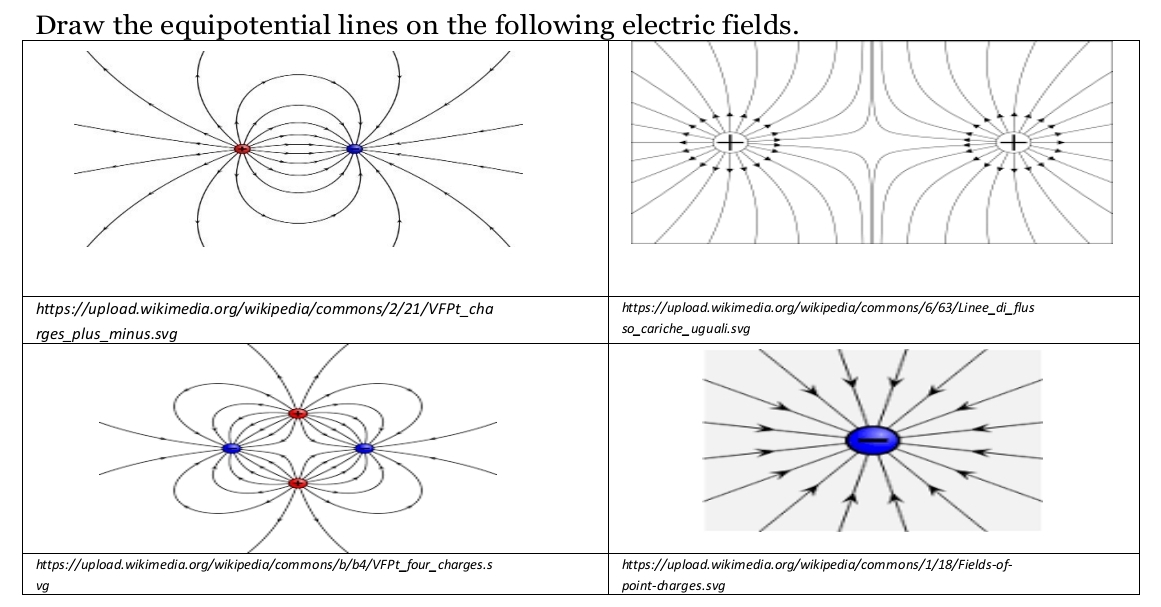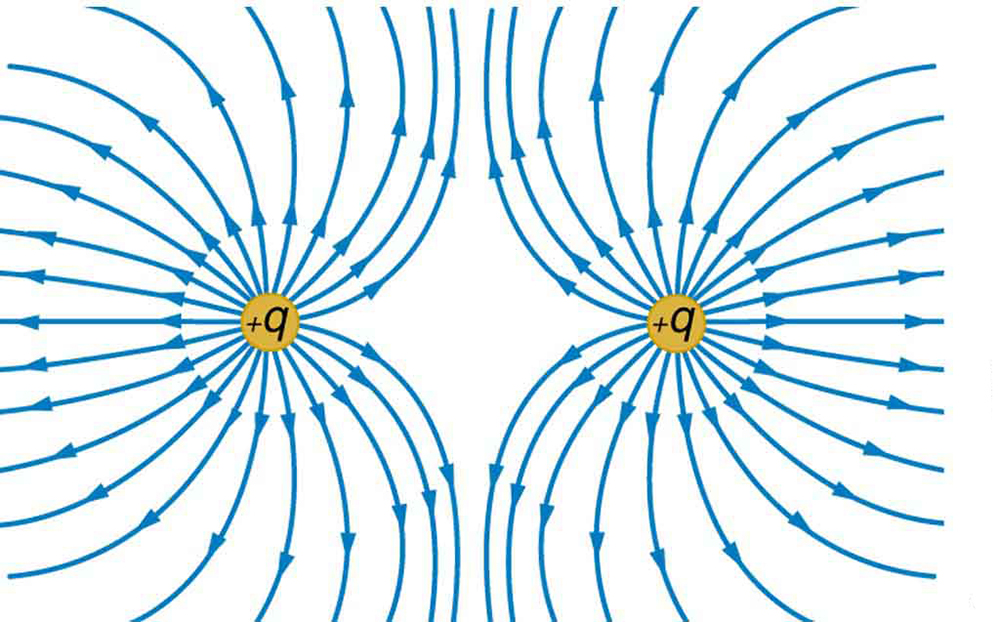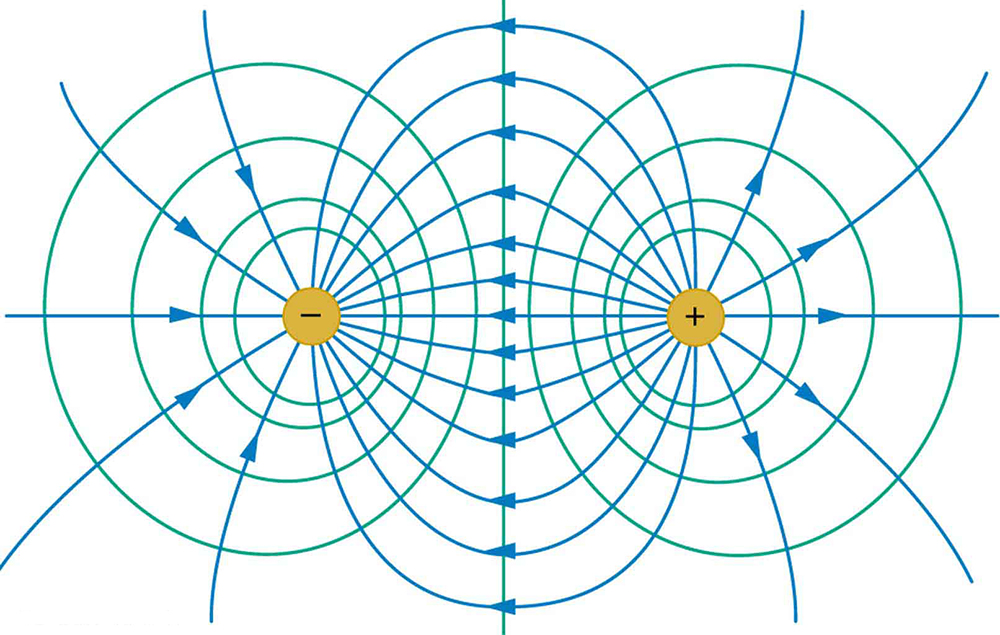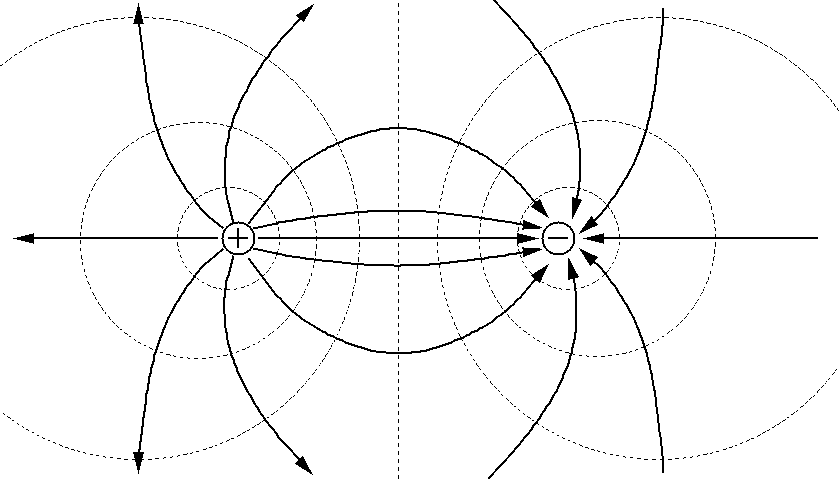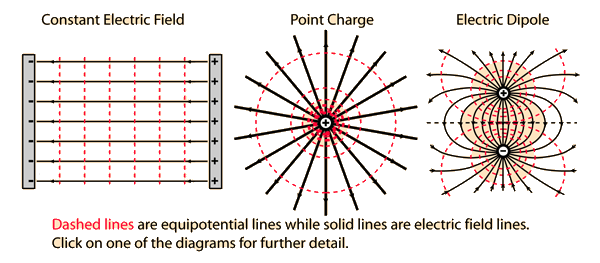What Everybody Ought To Know About How To Draw Equipotential Lines

V (r) = kq r v ( r) = k q r.
How to draw equipotential lines. The potential is the same along each equipotential line. The electrostatic potential due to a particle with charge q q is: Calculate the total electric field (from both charges, as a vector sum, with magnitude and direction) at many points, e.g.
I created a basic surface plot using meshgrid and a function d (x,y). The equipotential lines can be drawn by making them perpendicular to the electric field lines, if those are known. Work is zero if force is perpendicular to motion.
Start with a simpler case: About press copyright contact us creators advertise developers terms privacy policy & safety how youtube works test new features press copyright contact us creators. Figure 7.31 the electric field lines and equipotential lines for two equal but opposite charges.
The electric field is not. Note that the potential is greatest (most positive) near the positive charge. These lines should be continuous from the + to.
This happens in space via a force acting over some distance in space provided that this distance isn't along an equipotential line. Sketch at least 5 electric field lines between the electrodes for each of the two configurations. Where k k is the electrostatic constant and r r is the distance from the particle.
The force (either required or induced) is equal, then, to the. My plot has a global. The equipotential lines can be drawn.
The electric field is constant on the straight line between the two charges. We will use this concept to solve this.

